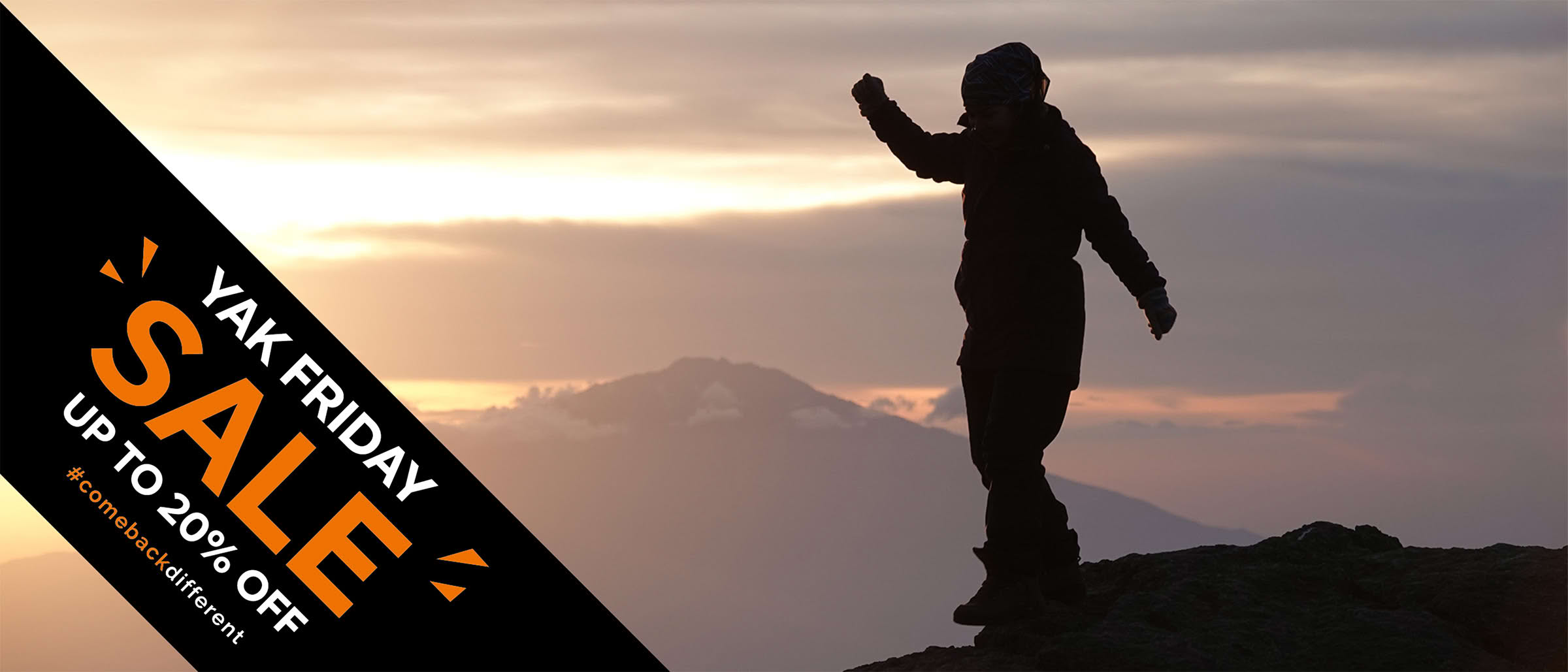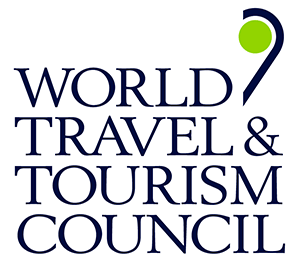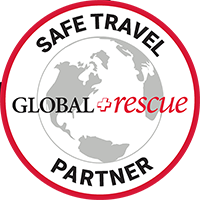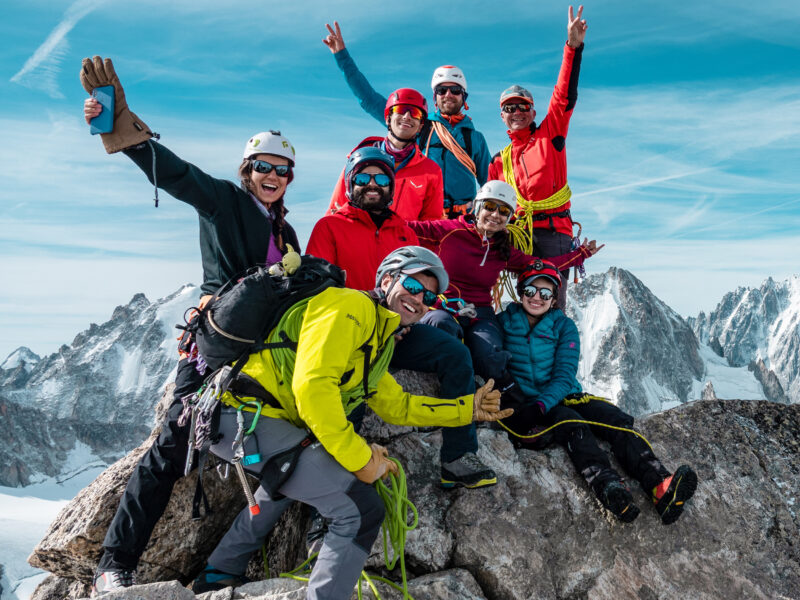BY Hazem El Shamy | May 01 2025
Do You Need Oxygen to Climb Kilimanjaro?
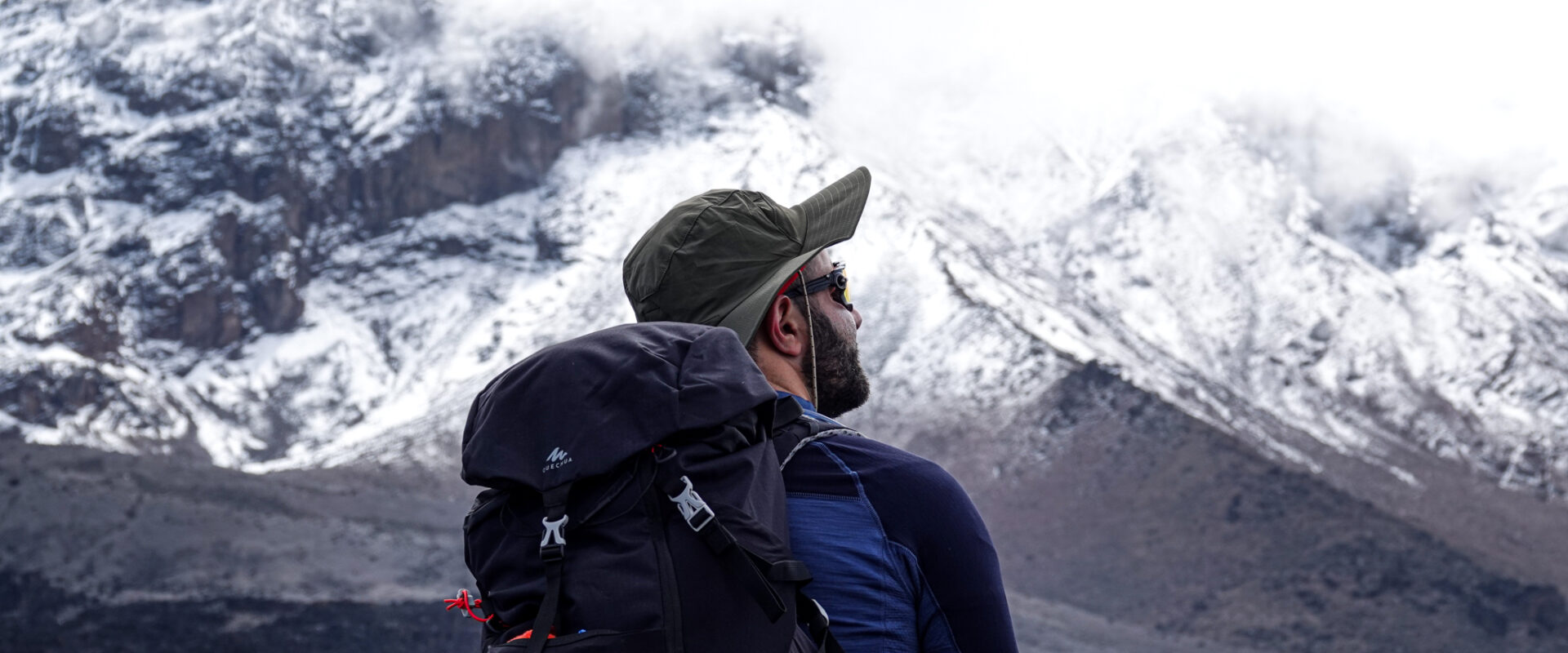
Kilimanjaro. The Roof of Africa. At 5,895 meters (19,341 feet), it’s the highest free-standing mountain on Earth—and one of the world’s great trekking summits. But as many starry-eyed adventurers discover somewhere around day four, altitude isn’t just a number on a GPS. It’s a force. It makes your legs heavy, your breath shallow, your head a little foggy. And it leaves many wondering:
Do you need supplemental oxygen to climb Kilimanjaro?
Short answer: No. But like most things at altitude, it’s a little more nuanced than that.
Kilimanjaro Isn’t “Just a Trek”
Let’s get one thing straight: Kilimanjaro isn’t Everest, but it’s also not your average hike. While it doesn’t require technical climbing skills, what it does demand is a solid relationship with your body—and a good bit of respect for the mountain.
As you ascend, oxygen levels decrease significantly. At the summit, the air holds about 49% less oxygen than it does at sea level. That’s why even the fittest people can find themselves gasping for breath or battling the symptoms of Acute Mountain Sickness (AMS).
So Why Don’t Climbers Use Oxygen?
Unlike in the Himalayas, where supplemental oxygen is essential above 8,000 meters, Kilimanjaro is considered a non-technical high-altitude trek. The standard practice for handling the thinner air is acclimatization, not oxygen tanks.
Here’s how climbers adapt:
Slow and steady ascent: Most routes are designed to allow gradual acclimatization. Routes like Lemosho and Machame stretch over 7–9 days.
“Climb high, sleep low”: It’s not just a catchy phrase. Gaining elevation during the day and descending slightly to sleep helps your body adjust.
Hydration and nutrition: Your body works overtime at altitude. Fuel it well and drink up—at least 3–4 liters per day.
Rest and rhythm: Listen to your body. Pole pole (Swahili for “slowly”) is more than just good advice—it’s gospel on the mountain.
When Oxygen Is Used on Kilimanjaro
While you don’t need oxygen to summit Kilimanjaro, most reputable guide companies carry emergency oxygen for safety. This isn’t to help you reach the top—it’s to help you come down if you’re in trouble.
In cases of severe altitude sickness or High Altitude Cerebral/Pulmonary Edema (HACE or HAPE), oxygen can stabilize a climber during descent. But it’s a last resort, not a performance enhancer.
Some companies market “oxygen-supported climbs” to attract anxious trekkers. In most cases, this is unnecessary and not a substitute for proper acclimatization. If you’re relying on bottled oxygen to get up Kilimanjaro, it’s likely your itinerary is too short or too aggressive.
The Real Secret Weapon: Acclimatization
Want the best chance of reaching Uhuru Peak without needing a rescue?
Pick the right route. Routes that take 7 days offer the best success rates because they allow your body time to adapt. Shorter routes might be cheaper, but they come with a cost: a higher risk of AMS and a lower chance of summiting.
Train smart. Altitude is the great equalizer, but cardiovascular fitness and leg endurance help. So does mental grit.
Choose your team wisely. An experienced, safety-conscious crew makes all the difference. Ask if they carry pulse oximeters, have a good evacuation plan, and know how to spot the signs of AMS.
Bottom Line: Breathe Easy, But Take It Seriously
You don’t need bottled oxygen to climb Kilimanjaro. You need time. You need patience. You need a solid support team and a deep respect for the mountain.
Thousands of people from every walk of life summit Kilimanjaro every year without supplemental oxygen. With the right prep, you can be one of them.
Climb On!
About The Author
Hazem is an avid high altitude mountaineer and adventurer that has helped lead hundreds of climbers to summits across the Himalayas, Andes, Atlas, and Caucus mountain ranges. He believes that inspiration is best served on a sharp ridge 6000 meters up in the sky, and is committed to making big mountain goals more achievable to the everyday climber.
About Life Happens Outdoors
At Life Happens Outdoors, we believe in the power of nature to transform lives. As proud members of the Adventure Travel Trade Association (ATTA) and the World Travel & Tourism Council (WTTC), our team of certified guides and outdoor professionals is committed to the highest standards of safety, sustainability, and excellence.
Discover more about our story and mission on our Meet LHO page, or explore our curated adventures such as the Tour du Mont Blanc Trek, the Climb of Kilimanjaro, and Chasing the Northern Lights.









